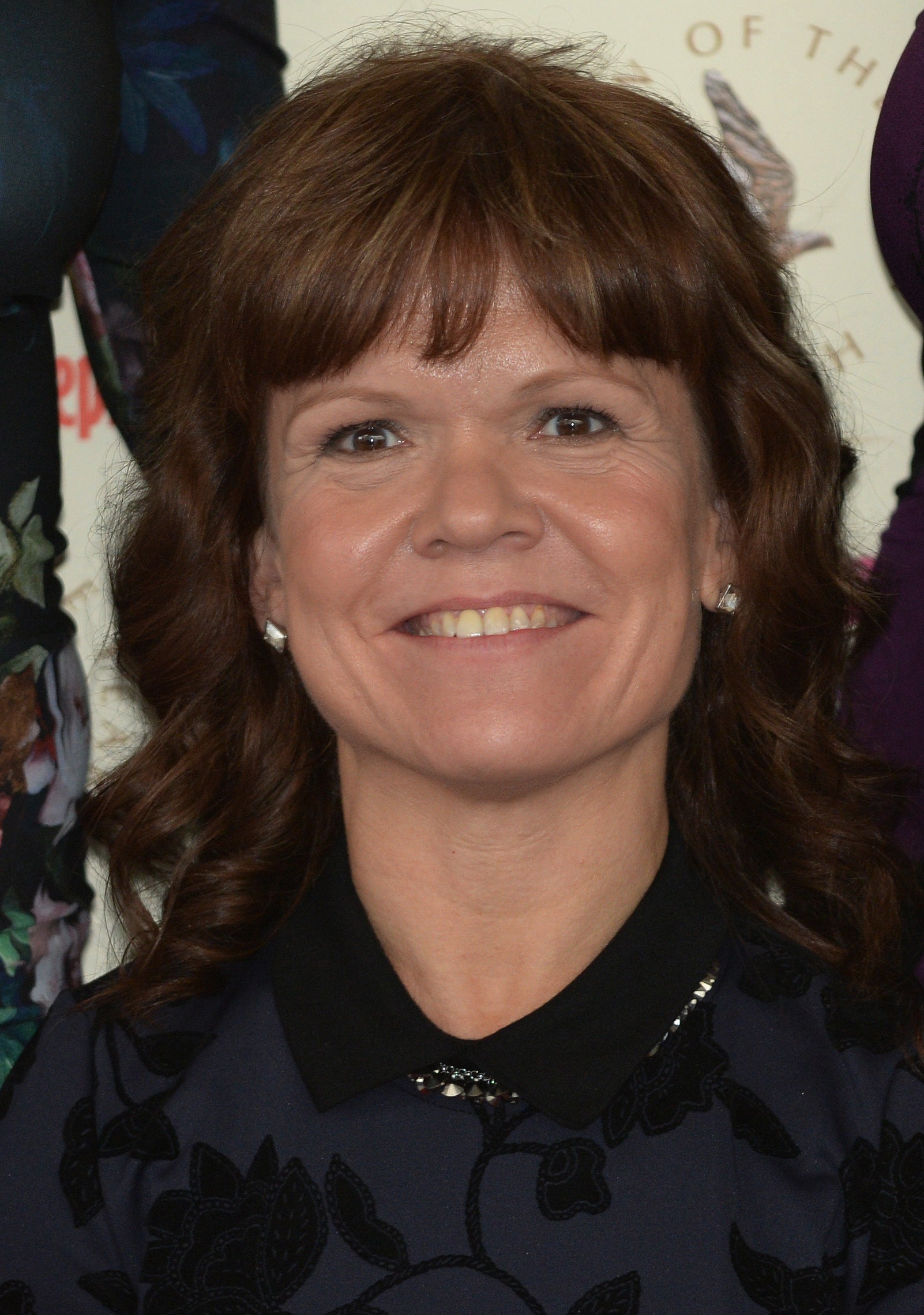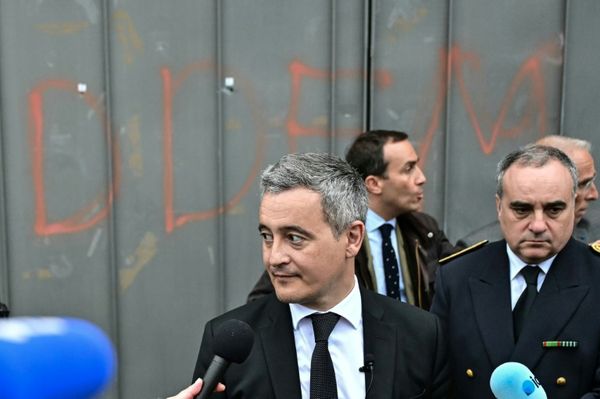
The wife of Star Wars and Harry Potter star Warwick Davis died after suffering a cardiac arrest hours before a hospital was planning to discharge her, an inquest has found.
Samantha Davis, who was also an actress, died age 53 at University College Hospital in London on March 24 last year, and her inquest was held at Inner West London Coroner’s Court on Monday.
Senior Coroner for Inner West London, Professor Fiona Wilcox, concluded that Ms Davis died of arrhythmic cardiac arrest following complications of essential surgical treatment and from achondroplasia “complicated by spinal cord compression”.
Ms Davis was admitted to hospital on February 7 following a sudden loss of mobility in her lower limbs after a disc prolapse and underwent a thoracotomy operation – a surgical procedure where the chest wall is opened – on February 20.
Her condition improved following a further thoracotomy on March 14 and the University College Hospital at Westmoreland Street was planning to discharge her, the inquest heard.
However, Ms Davis went into cardiac arrest at 11.25pm on March 23 and was pronounced dead at 0.28am on March 24 following a failed attempt to resuscitate her.
Prof Wilcox said: “I am satisfied that the medical cause of death should be arrhythmic cardiac arrest and complications following left thoracotomies.
“In my view, the stress of everything together has precipitated this arrhythmic cardiac arrest in a lady who was not known to have any previous arrhythmia problems.”

Prof Wilcox said Ms Davis had achondroplasia, a bone growth disorder which results in dwarfism, that was “complicated by very severe spinal problems” requiring multiple surgeries from 2016.
Discussing the care she received in hospital, Prof Wilcox said: “I have found nothing but excellent care being delivered to this lady and all of her complications were appropriately managed.
“It is frankly heartbreaking that the surgery itself was successful only for complications to arise and to cause her death.”
David Lawrence, a cardiothoracic surgeon at University College London Hospitals (UCLH), said Ms Davis’ condition was “progressing well” and she had a surgical chest drain removed on March 19 and a final drain removed on March 23.
Giving evidence, Mr Lawrence said: “Very sadly, on the night this happened the original plan had been that she would be discharged home the following day.
“We had good evidence that this patient had a chest x-ray that was acceptable, very stable observations and this patient did not bleed during the day.”
Mr Lawrence said he did not believe the hospital “would have done anything differently”, adding that Ms Davis was a “delightful lady”.
Jillian Hartin, lead nurse for patient emergency response and resuscitation at UCLH, said staff reported being “out of their comfort zone” in relation to Ms Davis’s cardiac arrest.

Giving evidence, she told the inquest: “This is a rare event at Westmoreland Street. Since 2020 we’ve only had 14 arrests in five years.”
William Chapman, representing the Davis family, asked Ms Hartin: “Does it surprise you that resuscitation failed given that the team were on the scene quickly?”
Ms Hartin replied: “No, because I think everyone thinks resuscitation works because of television representation of it in dramas.”
Ms Hartin added that the survival rate for non-shockable rhythms was “not good”.
Following a post-mortem examination conducted on April 5 2024, pathologist Dr John Firth gave Ms Davis’s cause of death as being due to complications of a left hemothorax, a blood collection in her lungs, following thoracotomy surgery.
Giving evidence to the inquest, Dr Firth said there was a “significant amount of blood” in Ms Davis’s left pleural cavity around the lungs, adding it was unlikely to have been caused by CPR. Dr Firth said he saw no evidence that the removal of the surgical drain caused a traumatic bleed.
UCLH consultant anesthetist Dr Katharine Hunt told the inquest Ms Davis did not have a “normal chest” following spinal surgery and thoracotomy. Giving evidence, Dr Hunt said CPR could cause “extensive damage to tissues within the thoracic cavity”, adding that Ms Davis had undergone “very prolonged CPR”.
Mr Chapman said Ms Davis had phoned her family at 10pm on March 23 and complained of “chest pain”.
He added that the family believed she had suffered a “similar episode” the last time she had a surgical drain removed, and also raised concern about an “intense physio session” conducted hours before her death.
Mr Chapman said it was “not ideal” Ms Davis’s treatment was split between UCLH centres at Westmoreland Street in Marylebone and Queen Square.
Family of Warwick Davis’ late wife Samantha hope inquest will provide answers
Pope Francis greets crowds in surprise public appearance at the Vatican
JK Rowling stickers ‘not a transphobic dog whistle’, tribunal told
UK unemployment rate remains stagnant in latest figures
Kate reveals ‘intense emotional reconnection’ with nature on secret trip







